Many companies are grounded in traditional IT practices which have produced good results for them in the past. However, this traditional method of thinking can be damaging as technology advances, especially when companies migrate to the cloud. Businesses tend to develop cases and make economic calculations that do not take into consideration the different financial models and methods that are specific to the cloud. This ultimately results in the depreciation of cloud value as expectations are not met. In some cases, the results are directly threatening cloud programs themselves as some businesses may consider moving back to the traditional IT methods. This process can be avoided if businesses become aware of the six common cloud-economic mistakes to stay clear of.
- Creating business cases that combine the economics of day one and year one
- Average cost capital-expenditure economics compared to incremental cost operating-expenditure economics
- Estimating cloud spend based on past factors only.
- Automatically extending benefits of compute to other cloud services
- Separating the cloud-economics direction from the cloud-architecture direction
- Moving all workloads to the cloud
When making a business case for moving to cloud, accurate estimates of cloud value are complicated by a focus on the “lift and shift” approach—that is, on a targeted migration of existing applications with limited remediation.
When creating a business case intended to move to the cloud, estimations of cloud value can become complicated if the focus lies on migrating an existing application with limited solutions. However, this makes room for businesses to develop their cloud presence in a timely manner whilst having the ability to start building cloud capabilities from day one. Reduced hosting, storage, and maintenance costs are seen as the economic benefits resulting from this method. Unfortunately, these benefits are often disregarded by technical debt and operational inadequacies of those migrated applications which results in the inability to take full advantage of the dynamic infrastructure provisioning made possible by cloud technology.
These day one benefits dimmish in comparison to the benefits that companies can receive in one year, such as speed to market, access to advanced capabilities, and great innovation. When a company adapts to a year one approach that is enabled by a proper financial operations implementation, the economics typically constitute a 15 to 25 percent improvement when compared to day one benefits. A greater investment of time, in-app remediation, foundation development, and automation are required to capture these economic benefits.
Companies are able to build a business case that focuses on the real value of cloud and develop a migration plan as long as they have a clear understating of the requirements and functionality of the cloud.
Traditional IT operates under a capital-expenditure model, where businesses engage in long-term demand-planning exercises, followed by capital expenses and ongoing reduction. Data capacity is built in advance in this model and the cost of consuming additional infrastructure capacity is minimal. Cost efficiency is measured by assessing the company’s average cost and infrastructure utilization level.
Cloud service providers have changed the paradigm to an operational expenditure model by making it possible to add near-limitless capacity where businesses pay for what they consume. This results in efficient cloud economics having the ability to evaluate capacity demand and corresponding incremental costs at any given moment. Businesses will only pay for capacity when they need it rather than paying for capacity they don’t utilize. Companies rather need to develop a dynamic operating expenditure approach to cloud economics that continuously optimizes incremental costs by means of selecting the cloud services that best match their current workload.
History becomes a less reliable predictor of the future as businesses migrate from the capital-expenditure world of traditional IT to the operating-expenditure world of cloud. This becomes a concerning factor when businesses need to estimate cloud spend and develop budgets accordingly. Whilst many businesses make allocations for cloud’s dominating model, they tend to maintain the mind frame of relying on traditional IT with regards to making estimations. This can result in a greater than 20 percent discrepancy between estimation and actual spend, which ultimately leads to inadequate allocation and decisions when budgeting.
The solution to this common mistake is to focus estimations and budgeting on business priorities as these decisions will have a large impact on cloud costs due to the variation of usage. Businesses should establish unit economics for their main applications to help application owners understand the business drivers of their cloud spend and the corresponding impact of cloud spend on economics.
The scalability of cloud is economically ideal in terms of workloads with adjustable cloud-consumption patterns as the ability to match demands with needs allows businesses to better allocate spend. Unfortunately, Ever increasing costs are seen as a result of businesses that don’t differentiate workloads that have an economic benefit from on-demand scaling from workloads that don’t. Businesses need to assess their workloads individually to identify whether their adjustable patterns world lead to savings on the cloud.
Businesses often make optimistic assumptions when building the cloud business case which increases projected savings due to the reality that most businesses end up with lower cloud-resource utilization compared to their expectations. Whilst some businesses with advanced cloud-native architecture observe resource utilization rates greater than 60 percent, most businesses fall below 30 percent and others fall below 20 percent.
High utilization rates partially depend on the architecture capable of supporting them. for instance, utilization can significantly improve by means of autoscaling compute resources but only if the application architecture is upgraded. Unfortunately, cloud- economics and architecture are often developed in isolation from each other which leads to business cases being focused on utilization rates that fail to be supported. Businesses need to link the cloud business case with the cloud-architecture transformation for successful results.
Thanks to the economies of scale, you are able to deliver better returns with regards to cost-saving and business outcomes compared to what many businesses can do by themselves. However, not every workload should be moved to the cloud. The scale and similarity of certain workloads like storage services may create on-premises economics that are equivalent to or better than those offered by cloud providers. Companies that have a smaller number of massively scaled workloads need to be selective about adopting cloud. That being said, workloads that are significant to the competitive advantage of the company require investment and focus to gain success.
Avoiding cloud-economic mistakes require focus and attention to detail which will ultimately lead to great achievements. Ensure you have your trusted advisors in technology to guide you through the process.
Credit: Cloud economics and the six most damaging mistakes to avoid


